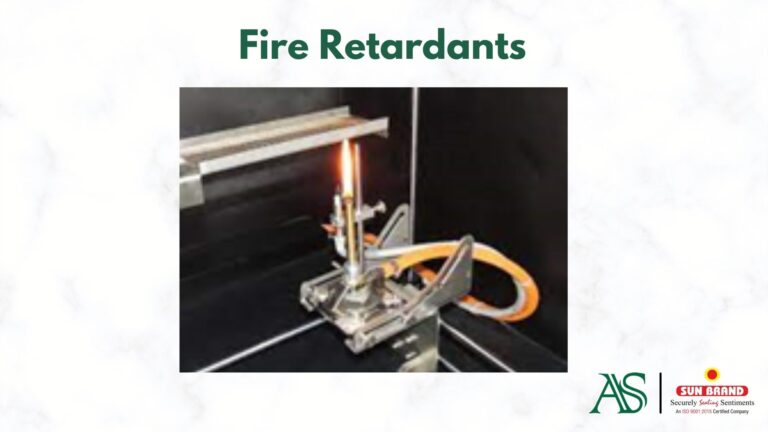What is Viscosity?
Viscosity is the measure of fluid resistance to flow or its internal friction of the fluid, it indicates how easily a fluid can be deformed or how we can resist the flowability under mechanical forces. Higher the flow, lower the viscosity and lower the flow, higher the viscosity.

For example, if we compare water and honey, water is less viscous and honey is high viscous material, therefore the water will flow easily with lesser molecular friction than honey.
Temperature and shear (stirring or agitating) can affect adhesive viscosity and flow behaviour; thus, it is important to take these factors into consideration when selecting an adhesive product.
Rheological properties
While considering the viscosity, it is important to know about the flow of matter, i.e., Rheology. Rheology is the study of flow and deformation of materials, adhesives exhibit various rheological behaviour, which can be broadly classified into:
1. Newtonian – some adhesive viscosity remains constant at different applied shear rate (shear rate is directly proportional to shear stress).
2. Non-Newtonian –Most of the adhesives behave as non-Newtonian behaviour, in which viscosity changes with the applied shear rate.
3. Pseudoplastic – Viscosity decreases with increasing shear rate, also called as shear thinning, enabling the adhesive to flow more easily during application.
4. Dilatant –Viscosity increases rate with increasing shear rate, also called as shear thickening. This behaviour can provide strength and resistance to shear after adhesive curing.
5. Thixotropy –Exhibit decrease in viscosity under constant shear rate. In an adhesive once the shear stress is removed, the adhesive gradually recovers its original viscosity.
Most of the rubber, silicone, and acrylic adhesives belongs to non –Newtonian fluids, their viscosity depends on temperature, time, and shear.
What are the factors that affect the viscosity of adhesives?
• Temperature: Higher the temperature, the viscosity of the adhesive increases due to the evaporation loss of solvent.
• Solvent content: The amount and type of solvent in adhesive formulation can impact viscosity, more solvent means thinner adhesive. Use of high boiling point solvents like ethyl alcohol changes the viscosity faster than toluene-based adhesives.
• Shear rate: The rate of shear stress can affect the viscosity of the adhesive. Non –Newtonian behaviour in adhesives exhibit different viscosity in different shear rate.
• Molecular weight: High molecular weight polymers have higher viscosity due to the molecular entanglement of polymer chains.
• Adhesive formulation: The overall formulation of the adhesive, including the balance of components can influence the viscosity. If there is a compatibility issue, then chance of increasing the viscosity is high.
What is the Role of Adhesive Viscosity in Coating?
Based on the viscosity of the adhesive, the coating method is chosen i.e., comma coating or Bar/rod coating.
1. Low viscosity suggest knife-over-roll or reverse roll coating, in which the applied adhesive can spread directly, and gravure coating is for higher viscosity in which the adhesive is transferred from engraved rolls onto the substate.
2. Proper viscosity ensure that the adhesive is applied uniformly to the substate with proper coverage and gaps and thus has a uniform coating thickness. Desired coating thickness is essential for the better performance of an adhesive since it influences its peel strength, shear resistance and so on.
3. Different types of backing material have different type of surfaces and porosity. The cloth and paper substrates are more porous than polyester, so viscosity need to be adjusted based on the substrates. Most of the cloth and paper require higher viscosity adhesive for better spread ability.
4. Controlled viscosity provides uniform coverage in coating and influences the drying and curing time of adhesive.
5. If the viscosity changes from batch to batch, it effects the operate to set the adhesive thickness in coating thereby reducing the productivity and quality.
Consistent viscosity is important for improving the productivity and quality of pressure sensitive tapes.
How is the consistency of viscosity checked?
The consistency is checked using viscometers. There are several types of viscometers:
• Rotational viscometer
• Cone & Plate viscometers
• Brookfield viscometers
• Viscosity cups
Brookfield viscometers and viscosity cups are commonly used in the adhesive industry.
A Brookfield viscometer measures viscosity by rotating a spindle within a fluid sample, calculating resistance to rotation to determine the fluid’s flow behaviour and thickness. It provides viscosity values based on the torque required for rotation. The viscometer is available in various spindle sizes and rotational speeds for various viscosity range.
Viscosity cup: The viscosity cup is a simple gravity device that permits the timed flow of a known volume of liquid passing through an orifice located at the bottom. Low viscosity adhesives are checked using ford cups.

Adhesive Specialities maintain the consistency during the manufacturing of adhesives using Brookfield viscometers. Controlling and adjusting the viscosity of adhesive in every batch during adhesive manufacturing ensures uniformity and premium quality in their pressure sensitive adhesive tapes.





